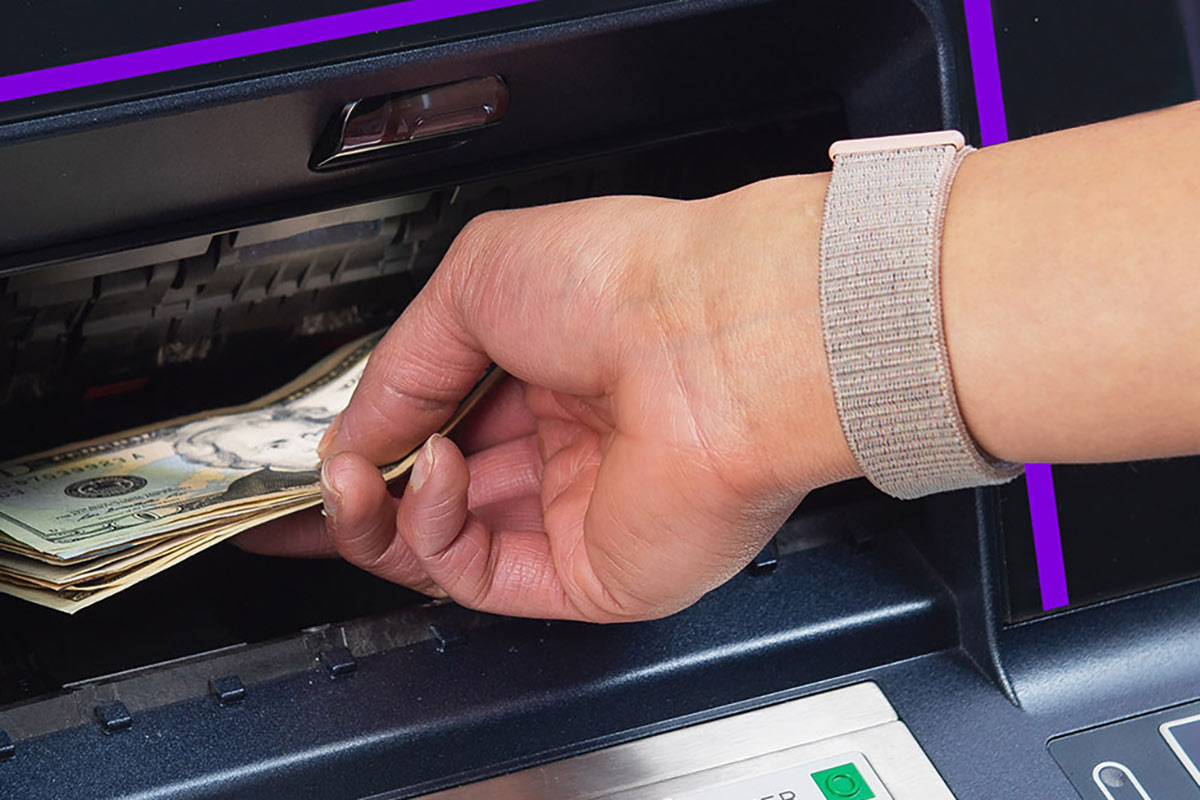The number of opportunities you actually have to interact in-person with a consumer in your branch is becoming less and less. Therefore, it’s increasingly important to make sure those times allow you to provide fast, convenient service coupled with a dynamic personal interaction. A key innovation that can help with your branch transformation strategies is leveraging the integration of cash recyclers within teller applications. This allows you to transform traditional banking operations by enabling faster transactions, streamlining teller activities, and facilitating more quality time with the consumers face-to-face.
When cash recyclers are properly integrated, they bring significant benefits by reducing the time and effort required for tasks like cash counting, balancing, and managing dual control requirements for cash drawers. Historically, these tasks involve tedious back-and-forth trips to the vault to maintain strict cash limits. By integrating cash recyclers, banks can cut down these efforts per recycler, leading to considerable time and cost savings.
But the benefits go beyond just efficiency. When staff members no longer have to worry about the meticulous task of balancing cash drawers—a mistake that could potentially cost them their jobs—they can focus more on their customers. Without the stress of balancing errors, employees can engage more meaningfully with them, understanding their needs and offering tailored products and services. This shift not only enhances the overall customer experience but also makes the workplace more enjoyable and fulfilling for staff, leading to higher job satisfaction and retention.
One compelling feature of advanced cash automation platforms is the ability to untether associates, eliminating the classic left-right teller restriction of device usage, enabling a more dynamic and flexible staff utilization. This delivers a dynamic branch environment, enhancing both the employee and customer experience, improving staff retention, reducing or repurposing staffing costs, and ultimately boosting sales…









